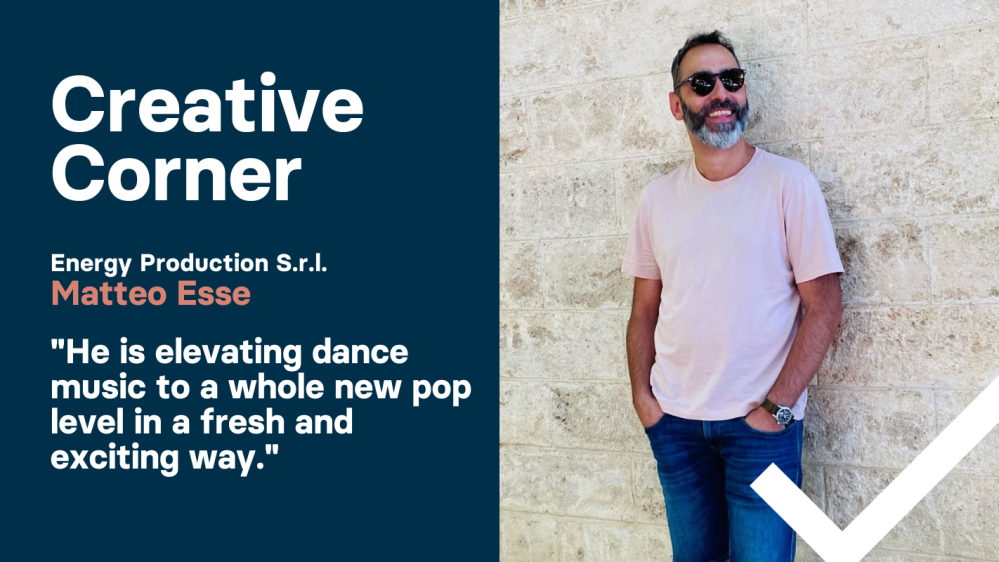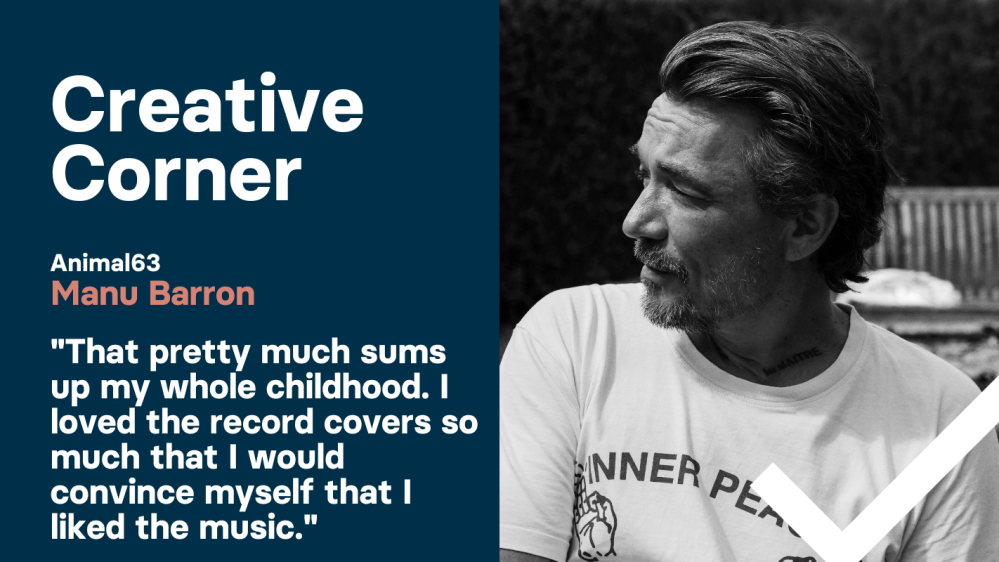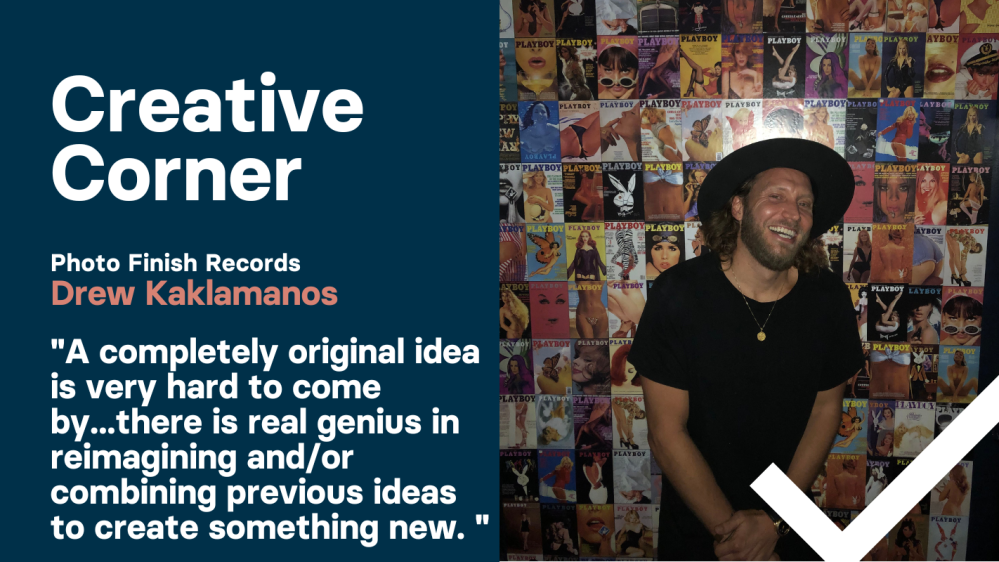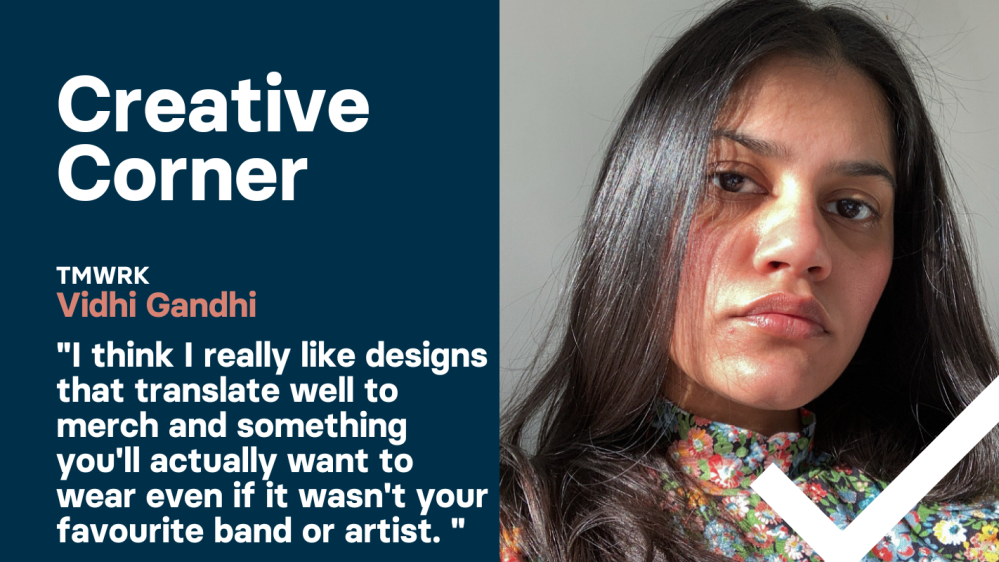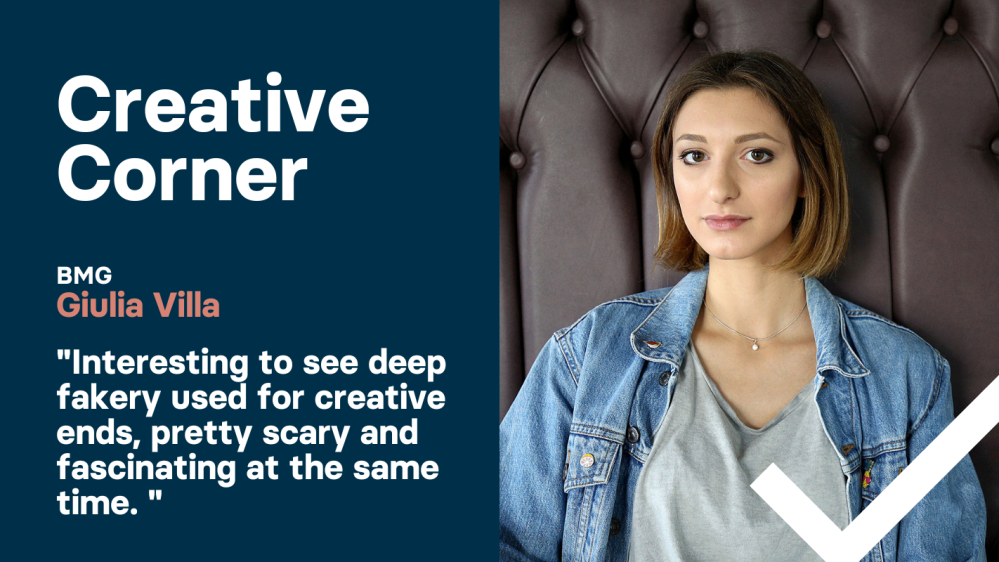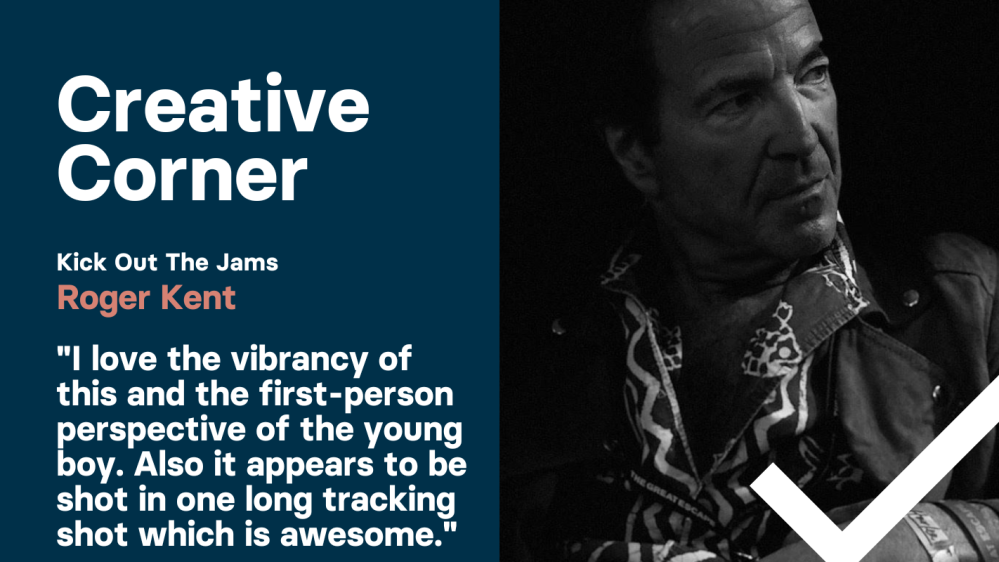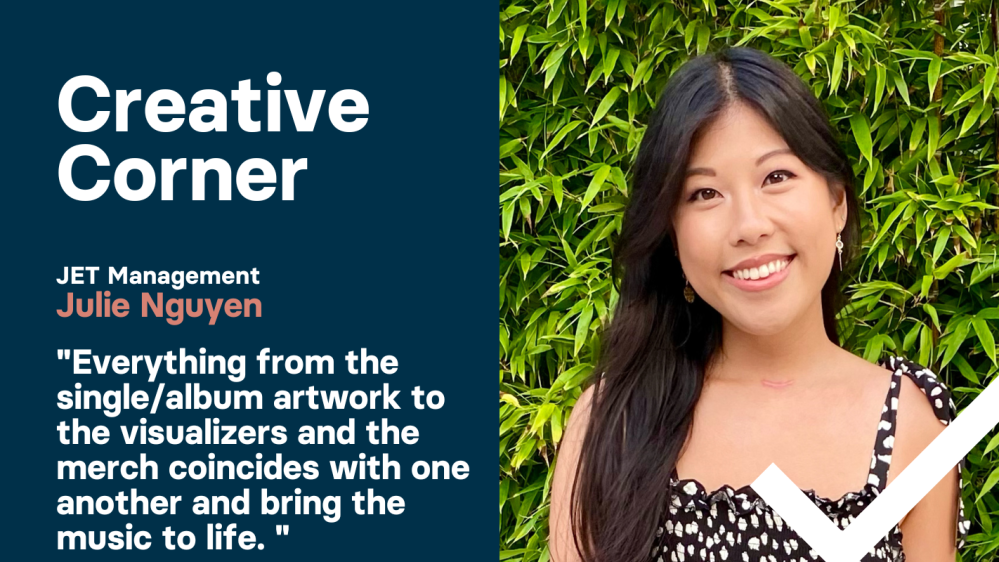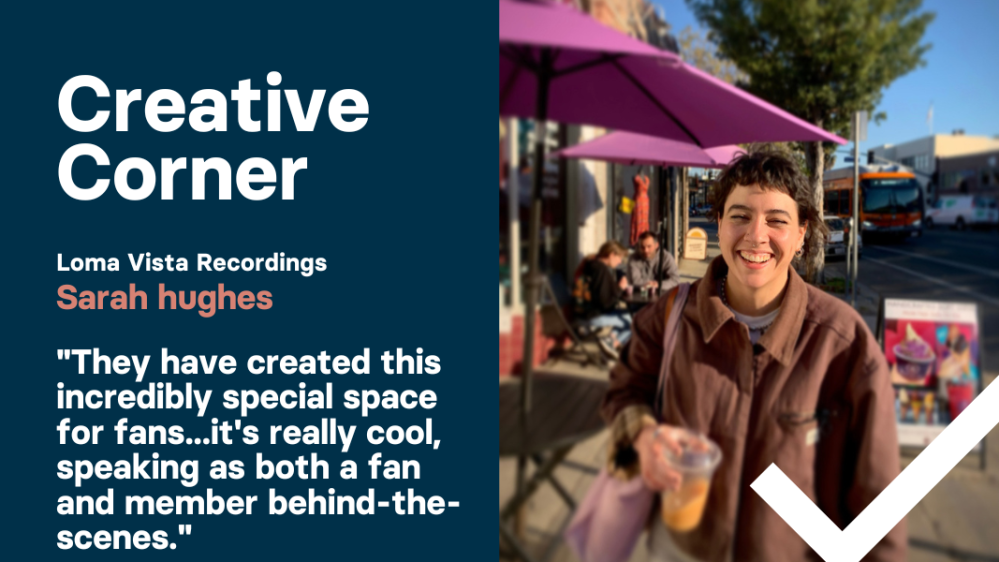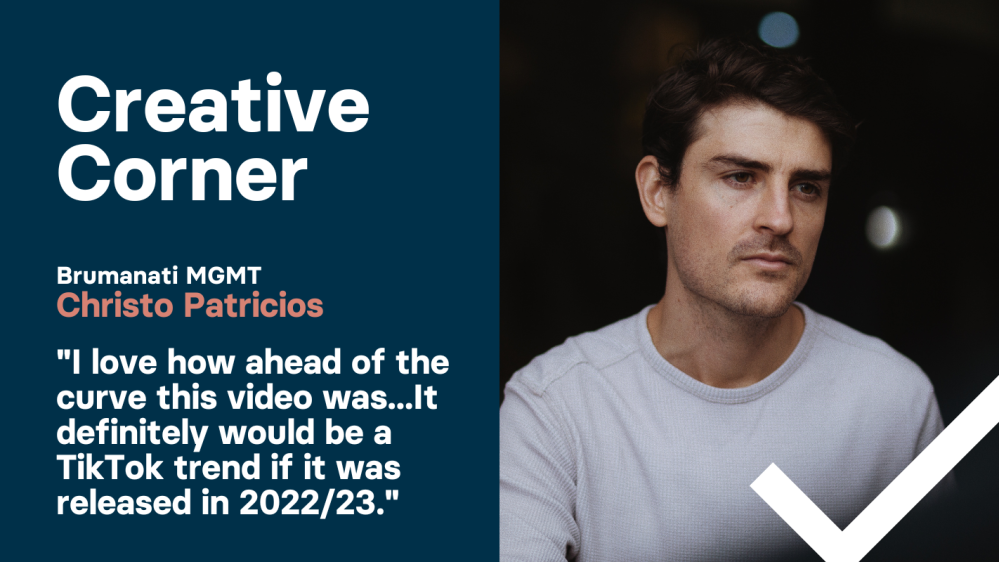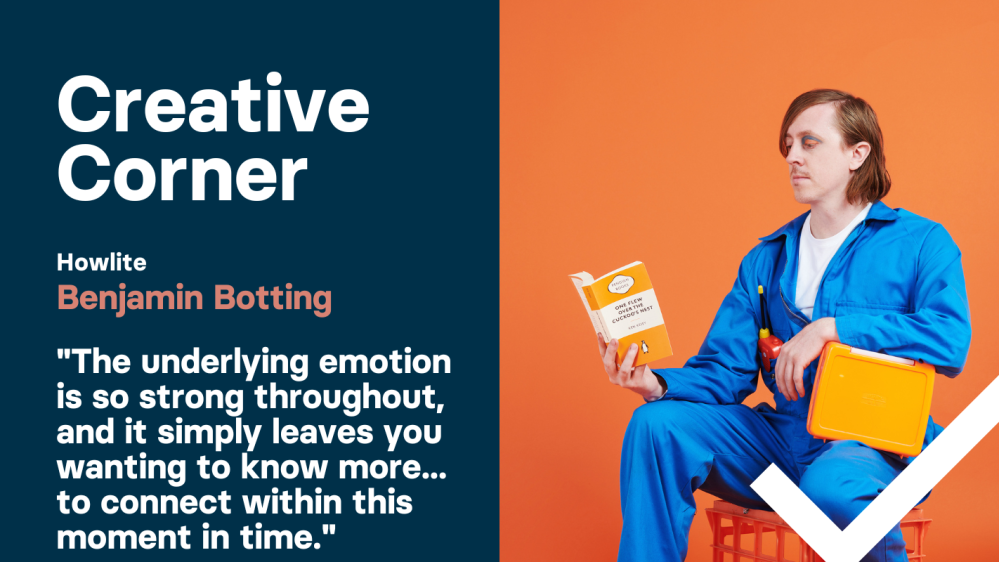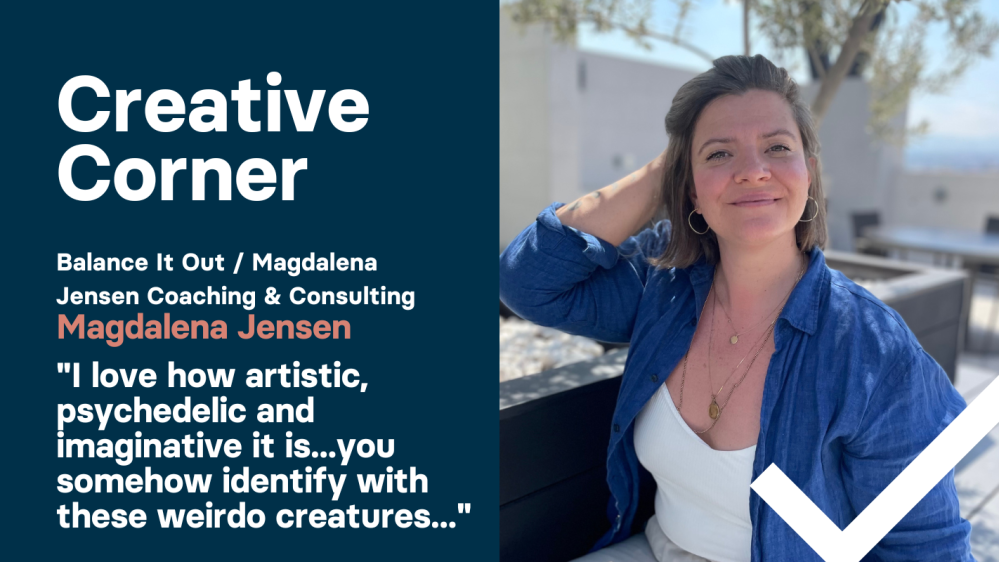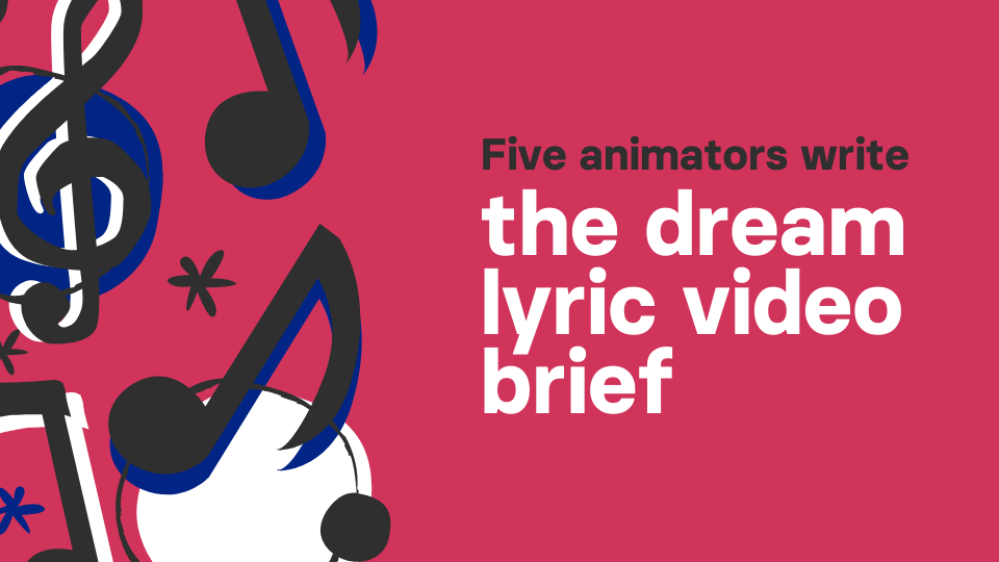
It can be difficult to know what to include in a lyric video brief, especially if you have no animation experience or skills yourself. However, speccing your requirements needn't be overwhelming. Creative Commission caught up with animators Neil Whitman, Sophie Graves, Oriane Rondeau, Alejandra Lopez Martin and Tom Readdy to ask the quintet of motion graphics creators which key elements should feature in a lyric video brief.
So, before you dive in, here's an overview of our nine-step plan of action to ensure that you've covered all bases when putting pen to paper for your next lyric video brief.
1. Visual references
According to the creators that we interviewed, the most important element that should be included in a lyric video brief is visual references.
Links to YouTube, social media posts, screenshots and mood boards are all great ways to convey the visual language that you or the artist require, curated in a scrapbook-style collection of likes (or dislikes). These cues can always be refined or explained further along the way.
“It really helps to include examples of other music videos that you are hoping to emulate,” says Neil Whitman, who studied film and animation at Christ Church University in Canterbury. “These references help the animator to see straight away the visual style that you are aiming for.”
Alejandra López Martín, an animator, filmmaker and alumna of King's College London and Goldsmiths University, concurs and so, too, does Sunshine Coast-based animator, designer and artist Sophie Graves.
“Visual references are always useful if the artist knows what they are looking for,” Alejandra adds, “and this does not only need to include aesthetic or illustration references, but it's also interesting to get an idea of what sort of animation and movement they want.”
Sophie then explains that she finds visual references of the animation style “incredibly helpful” as this enables her to determine whether she is a suitable fit, style-wise, for that specific project. “If I am,” she says, “then I have a clear idea of what they're looking for and which pieces of my past work I can share with them to show that I can create what they're wanting. Even for briefs which are a bit more open to the visual style, if there is anything at all that the client likes the look of that they can share on the brief, this is really helpful at this stage.”
Any reference images or video links to similar existing visuals are incredibly helpful for animators to gauge what the commissioner is looking for and expecting. It also allows the creator to judge for themselves whether they would be a good fit for the project, which can have upfront benefits for everyone’s workload.
“It's OK if you don't have a clear idea yet,” Sophie says. “This can be discussed with the chosen animator, but at the briefing stage any visual references are incredibly helpful. This will also help to reduce the number of applications received by the commissioner, as straight away you are filtering out those who would not be a good fit to create the style that you're looking for.”
Alejandra then continues and explains the broader benefits of a good mood board. At the start of an artist campaign, it can be tricky where to start from a visual perspective, so a good tip is to take one step backwards and look at the bigger picture.
“A general creative direction board of the artist's brand could also be really useful,” she explains, “especially if the artist wants to be featured in the video. We always do research before submitting a proposal, but it is really appreciated when the brief already has information about where the artist is creatively. Are there any typographies you want us to use? Any brand colours you want us to have in mind? If the artist wants to be a character in the video, is there anything they must be wearing? All these details are very useful to step inside the artist's world and ensure we create something that reflects it as much as possible.”
Do you need a helping hand putting together a mood board? It’s quite fun to create one once you get started, so here’s a list of our top mood board-making tools and apps for you to try, starting with everyone’s favourite: the classic Pinterest board
17 Best Mood Board Apps in 2022
- Canva
- Mural
- InVision
- GoMoodboard
- Moodzer
- StudioBinder
- Evernote
- Niice
- The Matboard
- Style Tiles
- Moodboard
- Moodzer
- Designhill
- PatternTap
- Gimme Bar
- Olioboard
2. Audio
So now we know the importance of a strong collection of visual references: how a mood board of images and video links can add the early colour swatches or style cues, but for Toulouse-based animator Oriane Rondeau, there is another, more important, element that she holds in higher regard.
“The most important thing to me is to be able to hear the track,” Oriane states – and her reasons are both practical and creative.
“Firstly because, as a motion designer, I need to know what the running time of the track is to figure out if the budget is aligned with that. A five minute-long lyric video won't cost the same as a two minute, 30 second one. If I know the running time of the track, I can adjust the concept to fit the budget. Secondly and this is very important, I need to get a feel for the atmosphere of the track, the rhythm in order to establish a concept.”
The topic of sharing audio with creators in order for them to pitch is a hot one, particularly when the track is unreleased or, scarier still, unannounced. Understandably, commissioners can be fiercely protective of the track.
At Creative Commission, all confidential brief information is locked behind a paywall and is only accessible to upgraded creative members, but, alongside sharing private links to Dropbox files or Google Drive folders, if you’re concerned about sharing audio online there are some great companies, such as Byta, which specialise in solving this very issue for the music industry.
“Byta simplifies the secure exchange of digital audio, by helping artists, their teams and collaborators share streams and downloads quickly and securely,” and offers features such as private links, file watermarking and team collaboration to help put your mind at rest.
Animator Neil Whitman has one suggestion if the audio cannot be shared early on in the briefing process. “If for any reason you cannot include the audio file then please state the track duration as this is an important factor when planning out an animation,” he says, while Alejandra concludes that she loves “when the brief includes the song, although I understand why sometimes it doesn't, because it will instantly transport you to the artists' world.”
The project triangle
- Scope
- Time
- Cost
In popular project management theory, the 'project triangle' visualises the problem of triple constraints, “the need to balance scope, cost, and time in order to maintain a high-quality final product.”
In CC’s vertical, the triangle consists of these three vital factors that influence the overall quality of commissioned creative content for the music industry and the model shows how these three variables are intrinsically linked to one another.
If you alter one element, the other two parts must be adjusted accordingly and, according to Asana, “if the triangle breaks, that is, if one point is moved without adjusting one or both of the other points along with it, the quality of the project will suffer.” The project triangle is also closely aligned with managing client expectations and relies heavily on effective communication.
So, next we will explore each of the three fundamental pillars of the model in turn, starting firstly with scope.
3. Scope
The most important thing to consider when understanding scope in the context of the triangle is that it is directly proportional to the other two factors, time and cost. If you increase the scope of a lyric video you must also increase the budget and extend the delivery timeline accordingly.
A project with great ambition comes at great cost or takes time. The project scope must be equal to both your deadlines and budget for it to be achievable and the commissioner should be skilled in communicating and be flexible to achieve this.
When it comes to scoping a project, Tom Readdy, from Yes Please! Productions in Hackney, advises that commissioners should “be realistic about what can be achieved... I've seen briefs for videos with £1,000 budgets referencing multi-million dollar movies,” he says. “Understand everything from your end clearly before putting a brief out. So much time and effort is wasted by starting work on a job, only to have the brief change completely mid-job because it [the brief] was rushed out too soon.”
Tom and his partner Lucy Dawkins are no strangers to creating lyric videos. Their lyric-based content commissions include mighty names such as The Rolling Stones, George Harrison and Carole King.
“I don't know exactly [how many we have made] but it's a lot! Possibly around 200 by now. It's very hard to pick a favourite, as it will change from day to day, but we're very proud of the video we recently made for Sit Around The Fire by Jon Hopkins. It was a great job to work on, and the track is fantastic - 10 minutes of bliss!”
Lyric video for Jon Hopkins' Sit Around The Fire by Yes Please! Productions
Sophie Graves agrees with Tom.
In terms of giving advice to commissioners looking to find an animator for a lyric video, she remarks that “I would say ‘be realistic about your expectations attached to your budget and timeline’. Whilst lyric videos are a more cost effective approach compared to full music videos, if you want something that is going to be of good quality and custom made, then be expected to pay for that service. If your budget is a bit lower then consider what may be more realistic for that.”
4. Budget & costs
Have you had your artist budget reduced at late notice? This often means that things get done more slowly as a result or scope of what's achievable needs to be revised. Conversely, if you need something created quickly and your timelines are shortened then this will naturally increase the cost.
Therefore, the other relationship type in the model explores how time and cost are inversely proportional to each other. That means that if one goes up, the other comes down, and vice versa.
So how can your budget be better defined within a brief? For Sophie, it comes down to clarity.
“If the project is for a series of lyric videos,” she says, “then clarifying whether the displayed budget is per video or for the full series collectively is also vital information for a creative to see within the initial brief… whether the advertised budget is per video or for the full collection,” while Alejandra adds that “If they aren't sure of how much you want to spend, set some parameters so the animator can send you a proposal with a quote. For example a price range or how many animated loops, scenes or sections they want.”
5. Time
Having a clear idea of the deadline is incredibly helpful for scheduling purposes.
Alejandra López Martín asks that commissioners try to “post the brief as soon as possible and allow enough time before the due date.“ Neil Whitman is in agreement. “Animation is a lengthy process so some briefs are impossible to fulfil,” he says.
“It's always heartbreaking to see a lyric video brief that I know I could create an awesome video for only to find out it needs to be done by tomorrow!” Neil’s advice is to manage expectations and that “if you want something amazing” to allow enough time to make this achievable.
Neil has loved animation all his life. He spent his time as a kid drawing comic strips and making flip books. ”Growing up, I was fascinated by music videos like Aha’s Take On Me and Peter Gabriel’s Sledgehammer and I wanted to find out how animation worked.”
After studying film and animation at Christ Church University in Canterbury, Neil went on to work in television for 20 years creating daily motion graphics for Sky Sports and BBC News.
Then his break in music came.
”In 2009, my friends made a documentary about a prog-rock band called No-Man. In the edit they didn’t have visuals to cover one of the songs so asked me to create an animated sequence to cover it. The song was called Back When You Were Beautiful. The animated clip was well received and I was asked by the record label to create a full five-minute version which was included as a special feature on the documentary DVD. From there, I was approached by other record companies to pitch for new videos,” and, since joining Creative Commission, he has worked on lyric videos for superstar artists including James Blunt, Robbie Williams, Frank Sinatra, Nat King Cole and The Carpenters.
Lyric video for James Blunt's I Told You by Neil Whitman
Neil says that the time it takes to create a lyric video “can vary dramatically based on the complexities,” however most can take 1-3 weeks to produce.
“The first week will be spent putting together a treatment for the client and waiting to find out if they decide to go with your idea. The second week entails creating assets and characters for the final piece and getting them signed off by the commissioner. The final week normally involves animating each scene and sending over the final video for approval.”
For more information on this process, check out our article The Creative Process: How To Make A Lyric Video.
6. Creative licence
When it comes to creative licence there appears to be a difference in opinion amongst creators: some crave the freedom to explore while others prefer a tighter script.
Tom Readdy is in the former camp. “Honestly, we like as little of a brief as possible! A clear schedule and budget is essential, but a really detailed brief is often a red flag for us. We know lyric videos inside out, and we know music, so we pride ourselves on being able to understand exactly what a song needs in terms of visuals. It's great when labels and artists are passionate about their videos, but with the best will in the world, when they don't understand the process they often end up asking for stuff in briefs that won't work, will be too much work for the budget, or is confused. Working out how a song should look is a key part of our business, and we're really good at it!”
Alejandra would appreciate a little more detail. “Ideally the more information the better I would say! I'd say add as much information and references as possible. Even when the brief is open to interpretation, there's so much that can be mentioned to help the animator with their pitch, so do allow some time to put information together,” and Neil is in the middle. “Give a steer on what creative direction you would be interested in taking, however leave enough scope for the video maker to put their own spin on things,” he says.
7. Deliverables, assets and lyrics
The last few elements to remember to include in your lyric brief to help prospective animators apply as effectively as possible starts with setting your expectations.
A clear list of final deliverables goes a long way and explains up-front what is expected from the commission - and that includes formats and specs of the rendered lyric video as well as if you also require social cutdowns (such as vertical stories to promote the video) for Instagram, TikTok and the like. By seeing the scope of the deliverables, the creator can assess what is achievable within the budget and timeline.
Next: ask yourself 'which assets are already created that the animator can bring to life'? From logos, colour patches, typography and existing layered artwork, anything which is usable within the lyric video can be supplied to the commissioned content via services such as WeTransfer, Dropbox or Google Drive to make the process smoother -- as well as being more consistent with the rest of the artist's campaign.
Finally, this is a lyric video after all: so remember to include a document of the approved lyrics. This can help animators quickly understand the mood of the song before applying.
